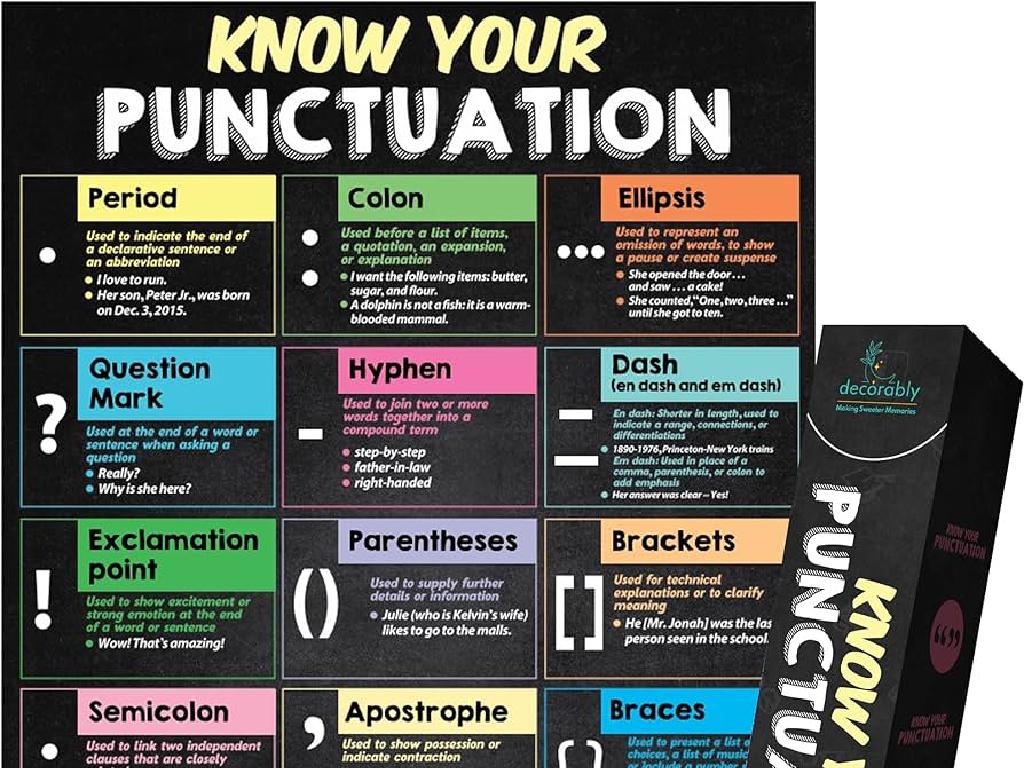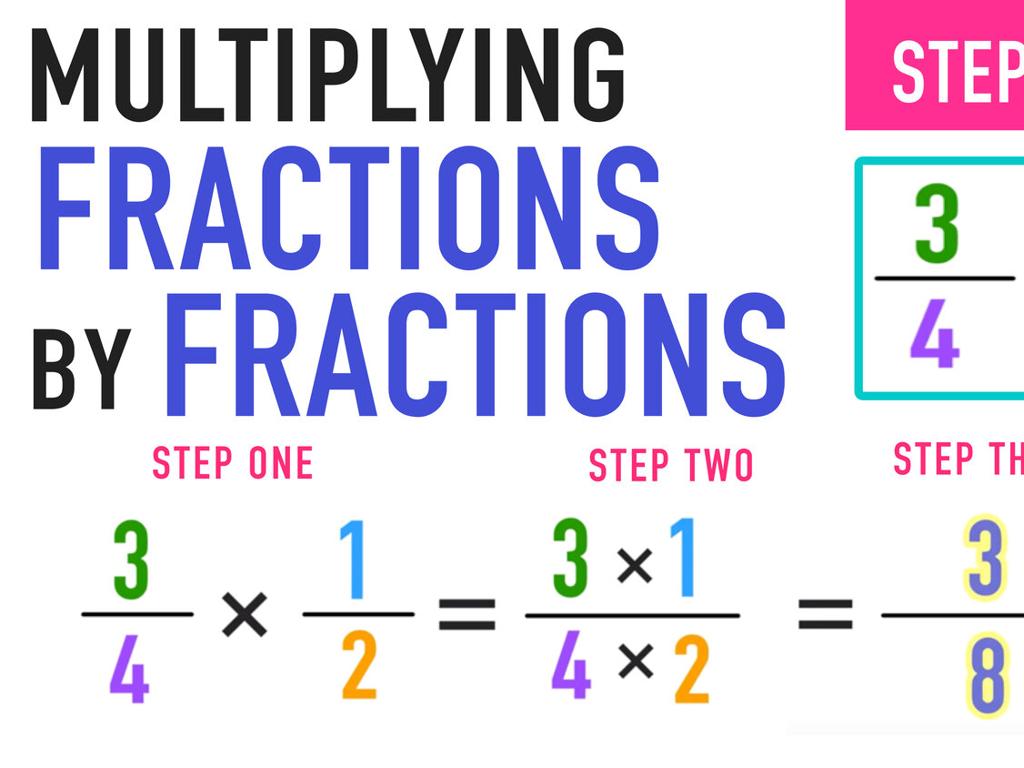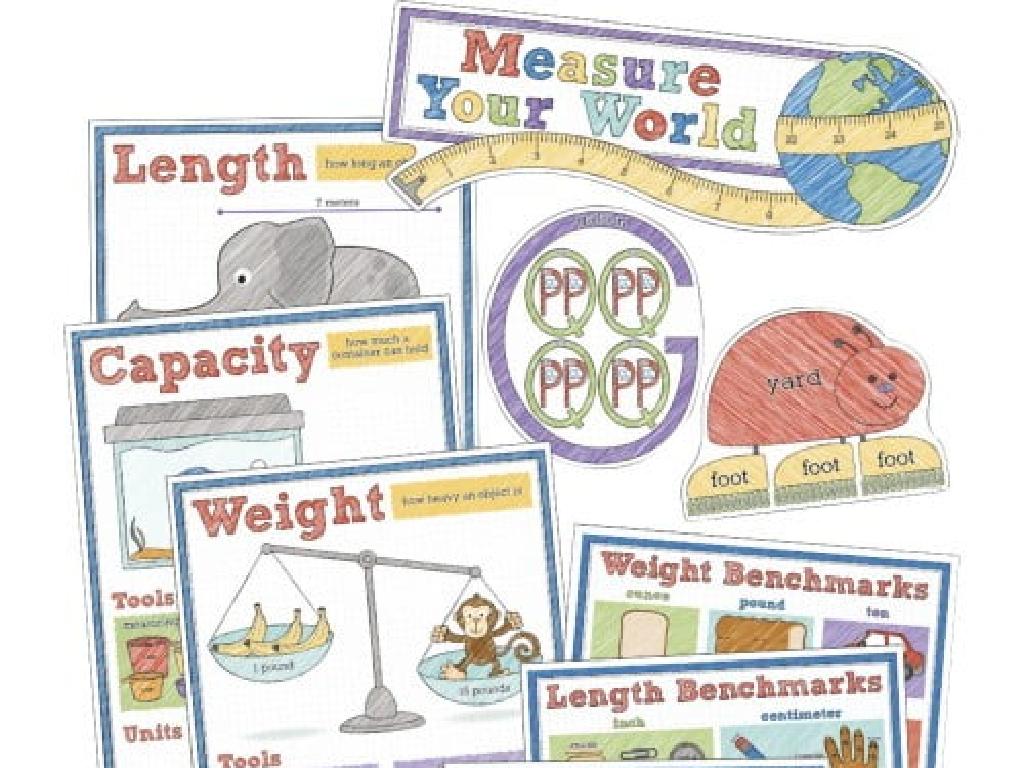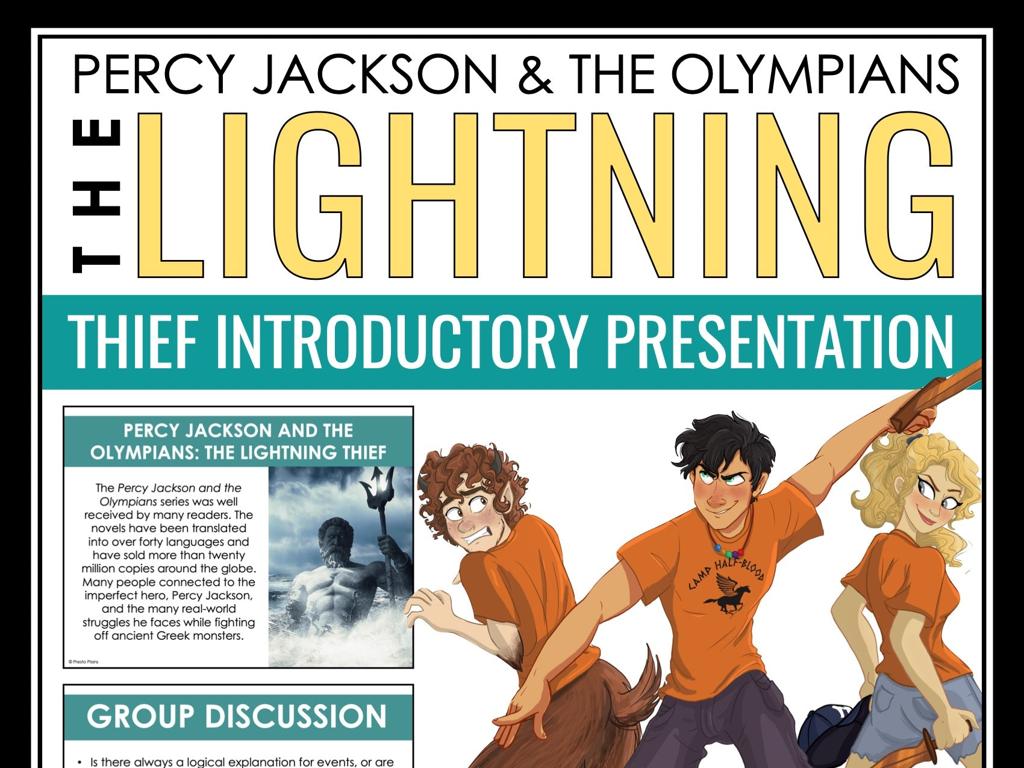Use Dictionary Definitions
Subject: Language arts
Grade: Seventh grade
Topic: 4
Please LOG IN to download the presentation. Access is available to registered users only.
View More Content
Introduction to Dictionaries
– What is a Dictionary?
– A book or online resource with words and their meanings
– Types: Print & Online
– Print versions are physical books, online are digital and searchable
– Dictionary’s Importance
– Essential for vocabulary building and precise language use
– Utilizing Dictionaries
|
This slide introduces students to the concept of dictionaries and their role in understanding language. A dictionary is a reference tool that provides definitions, pronunciations, and other information about words. Highlight the differences between print dictionaries, which are tangible books, and online dictionaries, which are accessible via the internet and often have interactive features. Emphasize the importance of dictionaries in learning new words, understanding context, and improving language skills. Encourage students to become familiar with using both types of dictionaries for their schoolwork and personal growth in vocabulary. Discuss how to effectively use a dictionary, including looking up words, understanding the parts of a dictionary entry, and applying the definitions to enhance communication.
Navigating the Dictionary: Key Components
– Understanding guide words
– Guide words at the top help locate words quickly
– Identifying entry words
– Entry words are the words you’re looking up; they’re bolded
– Deciphering pronunciation
– Pronunciation is shown with phonetic symbols
– Exploring word origin
– Word origin tells the history of a word
– Grasping definitions
– Definitions explain the meaning of the entry word
|
This slide aims to familiarize students with the essential parts of a dictionary, which is a critical tool for understanding language and expanding vocabulary. Guide words help in finding words faster, while entry words are the main words being defined. Pronunciation guides aid in learning how to say the word correctly, and word origin provides insight into the history and evolution of the word. Definitions are the core of a dictionary, giving clear meanings. Encourage students to use dictionaries to look up unfamiliar words, understand their usage, and improve their language skills.
Mastering Dictionary Skills
– Alphabetical order and guide words
– Use guide words at the top of dictionary pages to find words quickly.
– Locating the entry word
– The entry word is in bold; it’s the word you’re looking up.
– Interpreting the definitions
– Definitions explain the word’s meaning; some words have multiple definitions.
– Deciphering pronunciation symbols
– Pronunciation symbols show how to say the word; they follow a phonetic guide.
|
This slide aims to equip students with the essential skills for using a dictionary effectively. Start by explaining the importance of alphabetical order and guide words, which are crucial for navigating a dictionary. Emphasize the bolded entry words and how to find them. Discuss how to read and understand the different definitions a word may have, as well as the importance of choosing the correct definition based on context. Finally, go over the pronunciation symbols, which can be a bit tricky, but are very helpful for learning the correct pronunciation of new words. Provide examples for each point to ensure students grasp the concepts. Encourage students to bring a dictionary to class for hands-on practice.
Understanding Dictionary Definitions
– Words with multiple meanings
– Some words can have more than one meaning depending on the context.
– Contextual example sentences
– Example sentences in dictionaries show how a word is used in context.
– Exploring synonyms and antonyms
– Synonyms are words with similar meanings; antonyms are opposites.
– Selecting the appropriate definition
– Use context clues to determine which definition fits best in your reading.
|
This slide aims to help students understand how to use a dictionary effectively. Emphasize that many words in English have multiple meanings and can be understood correctly only by considering the context in which they are used. Show how dictionaries provide example sentences to clarify meanings. Discuss the importance of synonyms and antonyms in expanding vocabulary and understanding nuances. Finally, guide students on how to choose the right definition of a word by looking at the surrounding text and other context clues. Encourage them to practice by looking up words from their own reading material and writing sentences using different meanings of the same word.
Activity: Dictionary Scavenger Hunt
– Find definitions for new words
– Identify each word’s part of speech
– Create sentences using the words
– Use the words in a way that shows you understand the meaning
– Share your discoveries
– Discuss the sentences you’ve made with your classmates
|
This activity is designed to enhance students’ vocabulary and understanding of how words are used in context. Students will use a dictionary to find the meanings of new words and determine their parts of speech, such as noun, verb, adjective, etc. They will then construct sentences that correctly use these words, demonstrating comprehension. Finally, students will share their sentences with the class, allowing for peer learning and teacher feedback. For the teacher: Prepare a list of challenging but age-appropriate words for the students to look up. Encourage creativity in sentence formation and ensure that students explain the context clues that helped them understand the word’s meaning.
Wrapping Up: Dictionary Skills & Homework
– Recap dictionary skills importance
– Homework: Craft a short story
– Use the words learned today creatively
– Incorporate vocabulary words
– Ensure each word is used correctly
– Share stories in the next class
|
This slide aims to conclude the lesson by emphasizing the value of dictionary skills for understanding and using new vocabulary effectively. For homework, students are tasked with writing a short story that includes the vocabulary words discussed in class. This exercise will help students apply their knowledge in a creative context and reinforce their learning. Encourage them to use the dictionary to check the meanings and usage of each word as they write their stories. In the next class, students will have the opportunity to share their stories, which will allow them to showcase their understanding and creativity while also learning from their peers.






